Lisbon, the capital of Portugal, is a city known for its rich history, vibrant culture, and stunning landscapes. But one of the most delightful aspects of exploring this city is the transportation system, which is easy to navigate, relatively inexpensive, and provides various options to move around. Whether you’re hopping on a tram to explore the historic neighborhoods or taking a train to the beach, Lisbon’s public transport system is an essential part of your experience. In this comprehensive guide, I’ll explain everything you need to know about getting around Lisbon using trams, trains, and taxis.
1. Getting Started with Lisbon’s Transport System
Before diving into the specifics of each mode of transportation, it’s important to know that Lisbon’s public transport system is managed by several companies that work together to provide seamless travel across the city. These include the Carris for buses and trams, CP for trains, and Metropolitano de Lisboa for the metro system. The most important thing you need to know as a first-time traveler is the My Lisbon Card or the Viva Viagem Card, which you can use for all public transport options.
The My Lisbon Card
The Lisbon Card is perfect for tourists. Not only does it provide unlimited travel on trams, buses, trains, and the metro, but it also gives you discounts on many of Lisbon’s major attractions. You can purchase this card for 24, 48, or 72 hours, and it can be a great investment if you’re planning to make the most of the city’s public transport system.
Viva Viagem Card
The Viva Viagem is a rechargeable travel card that allows you to load it with various types of tickets. You can purchase a single ticket, a day pass, or load a specific amount of money for pay-as-you-go. This card is easy to top up and is available at any metro station or kiosk.
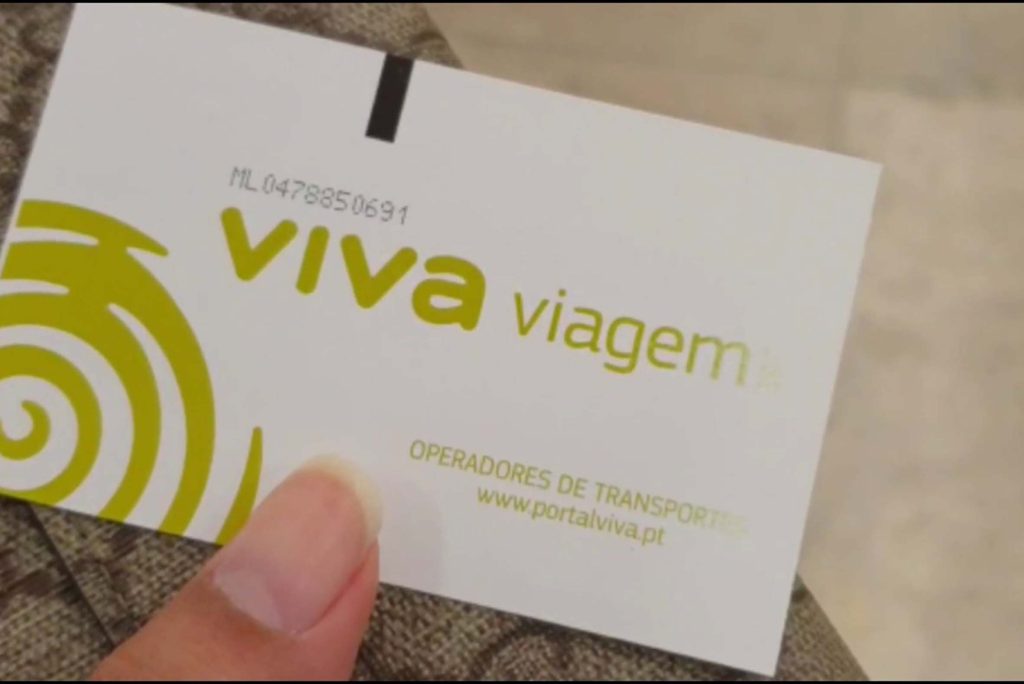
Now that you’re equipped with your transport card, let’s dive into the three main modes of transport in Lisbon: trams, trains, and taxis.
2. Exploring Lisbon by Tram: A Must-Do Experience
Trams are one of the most iconic and picturesque ways to travel around Lisbon. The city’s tram network is both practical and scenic, and it allows visitors to explore Lisbon’s hilly streets and historic districts while enjoying beautiful views. The most famous of these trams is Tram 28, which takes you on a winding journey through the city’s most charming neighborhoods.
Tram 28: The Classic Ride
Tram 28 is a must-do for any visitor to Lisbon. This tram travels through the most picturesque parts of the city, including Alfama, Baixa, Graça, and Mouraria. It’s an excellent way to see Lisbon’s famous landmarks without having to walk up the city’s many steep hills. The route also passes by beautiful viewpoints and historic sites like the Sé Cathedral and São Jorge Castle.
While Tram 28 is a fantastic way to get around, keep in mind that it is often packed with tourists, especially during peak hours. Be prepared for crowds, and consider riding it early in the morning or later in the evening if you want a less crowded experience.
Other Tram Lines
In addition to Tram 28, Lisbon boasts several other tram lines, such as Tram 12, Tram 15, and Tram 24. Each of these routes offers unique experiences and can be useful for reaching different parts of the city. For example, Tram 15 is a great choice if you’re headed towards Belém, home to some of Lisbon’s most famous landmarks, including the Jerónimos Monastery and Belém Tower. Tram 24 takes you through the charming Campo de Ourique district.
Trams in Lisbon are operated by Carris and are a convenient and affordable option for getting around. A single tram ticket costs around €3.00 if you buy it onboard, or you can load it onto your Viva Viagem card for a lower price.
3. Trains: Fast and Convenient for Day Trips
Trains are an excellent option for those looking to explore Lisbon’s surroundings, whether it’s a day trip to a nearby town or a beach getaway. Lisbon’s train system is efficient, affordable, and well-connected, with stations such as Rossio Station and Cais do Sodré serving as key departure points for most destinations.
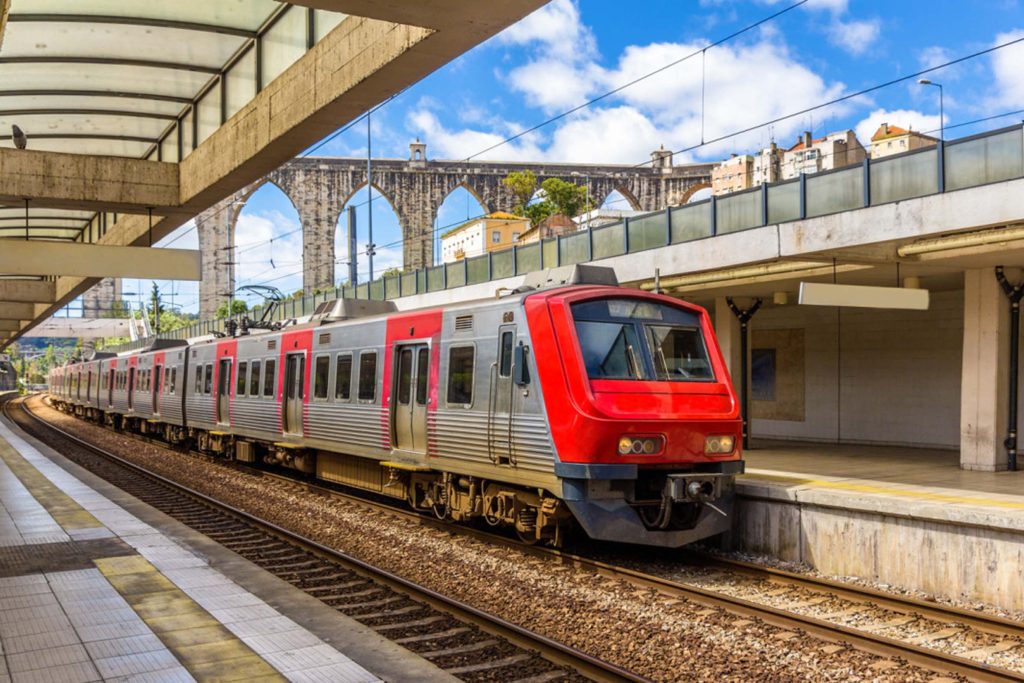
Trains to Popular Destinations
- Sintra: Sintra, a UNESCO World Heritage site known for its romantic palaces and lush gardens, is just a 40-minute train ride from Lisbon. Trains to Sintra depart regularly from Rossio Station.
- Cascais: For those looking to visit a charming coastal town, Cascais is a perfect destination. The train ride from Cais do Sodré Station takes about 30 minutes, and you’ll be greeted by beautiful beaches, historical sites, and excellent seafood restaurants.
- Estoril: A lovely town known for its glamorous beach resorts, Estoril is also easily accessible by train from Cais do Sodré.
Trains in Lisbon are operated by CP (Comboios de Portugal), and tickets are affordable. A round trip to Sintra, for example, costs around €4.50.
Ticketing for Trains
Tickets for trains can be purchased at the station from automated machines or ticket counters. You can also buy tickets online in advance. It’s important to know that there are different classes of trains in Lisbon—Intercity, Regional, and Suburban—so make sure to choose the right one based on your destination.
4. Taxis: Convenient and Comfortable
While Lisbon’s public transport system is fantastic, there will be times when you’ll need a taxi. Whether it’s a late-night ride back to your hotel, a quick trip to the airport, or simply when you want to avoid public transport, taxis in Lisbon are safe, affordable, and easy to hail.
How to Take a Taxi in Lisbon
Taxis in Lisbon are widely available and can be hailed on the street or booked through various apps, such as Bolt and Uber. You can also find them waiting at designated taxi ranks throughout the city. The starting fare for a taxi ride is about €3.50, with an additional charge for each kilometer traveled. If you’re traveling to or from the airport, there’s usually an extra airport fee of around €4.00.
Airport Transfers
For those flying into Lisbon’s Humberto Delgado Airport, taxis are readily available outside the arrivals terminal. A taxi ride to the city center will cost you around €15–€20, depending on traffic. If you prefer to pre-book a taxi, you can use local apps like Free Now or Taxi Portugal.
5. Using Uber and Bolt: The Modern Alternative
In addition to traditional taxis, Lisbon has embraced modern ride-sharing services like Uber and Bolt. These services are generally more affordable than taxis, especially for longer journeys. The app interface is user-friendly, and you can pay via credit card, making the experience more convenient.
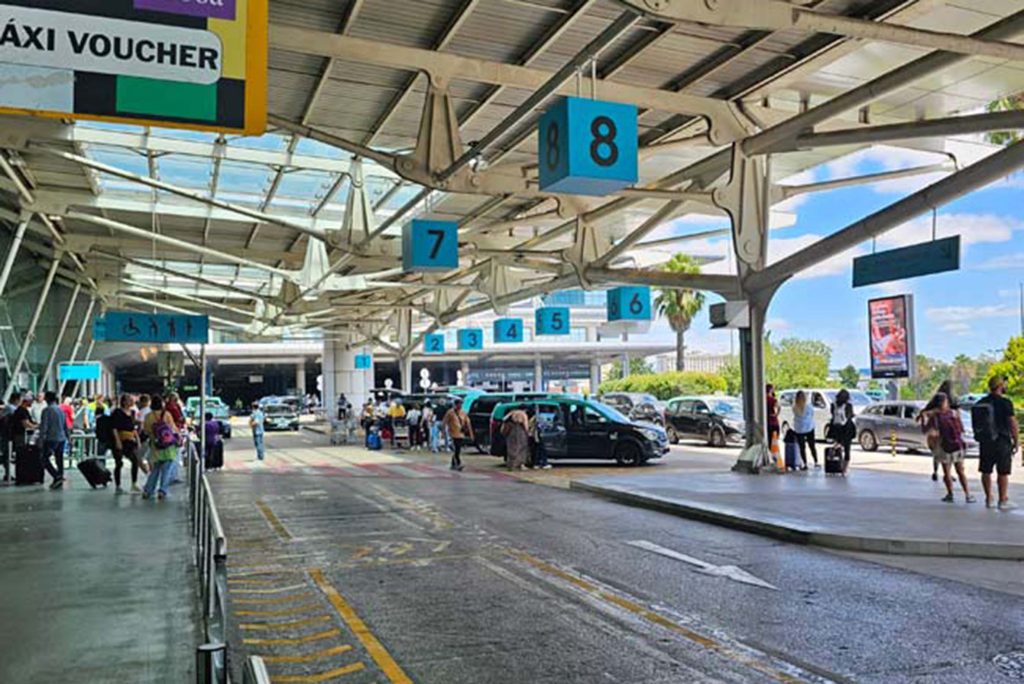
If you’re in a rush or want to avoid public transport, Uber or Bolt can be an excellent option. They’re also ideal for reaching places not easily accessible by tram or train, such as Miradouros (viewpoints) located high up on Lisbon’s hills.
6. Final Tips for Getting Around Lisbon
- Walking is Key: Lisbon’s central districts, such as Baixa, Alfama, and Chiado, are all within walking distance of each other, and many of the city’s most famous sights can be explored on foot.
- Plan Ahead: Check the schedules for trains and trams, especially if you’re planning to take day trips. Trains to places like Sintra can get crowded, so it’s good to plan your day accordingly.
- Use the Metro for Longer Distances: While the tram system is wonderful, Lisbon’s metro is the fastest way to travel long distances. It has four lines and covers most areas, including the airport and outlying districts.
Navigating Lisbon is a breeze with its efficient and diverse transport options. Whether you’re hopping on a historic tram for a leisurely city tour, taking a quick train ride to the beaches of Cascais, or catching a taxi to your next destination, getting around Lisbon is part of the fun. Be sure to pack your Viva Viagem card, check out Lisbon’s transport apps, and enjoy the freedom of exploring this beautiful city from every angle.
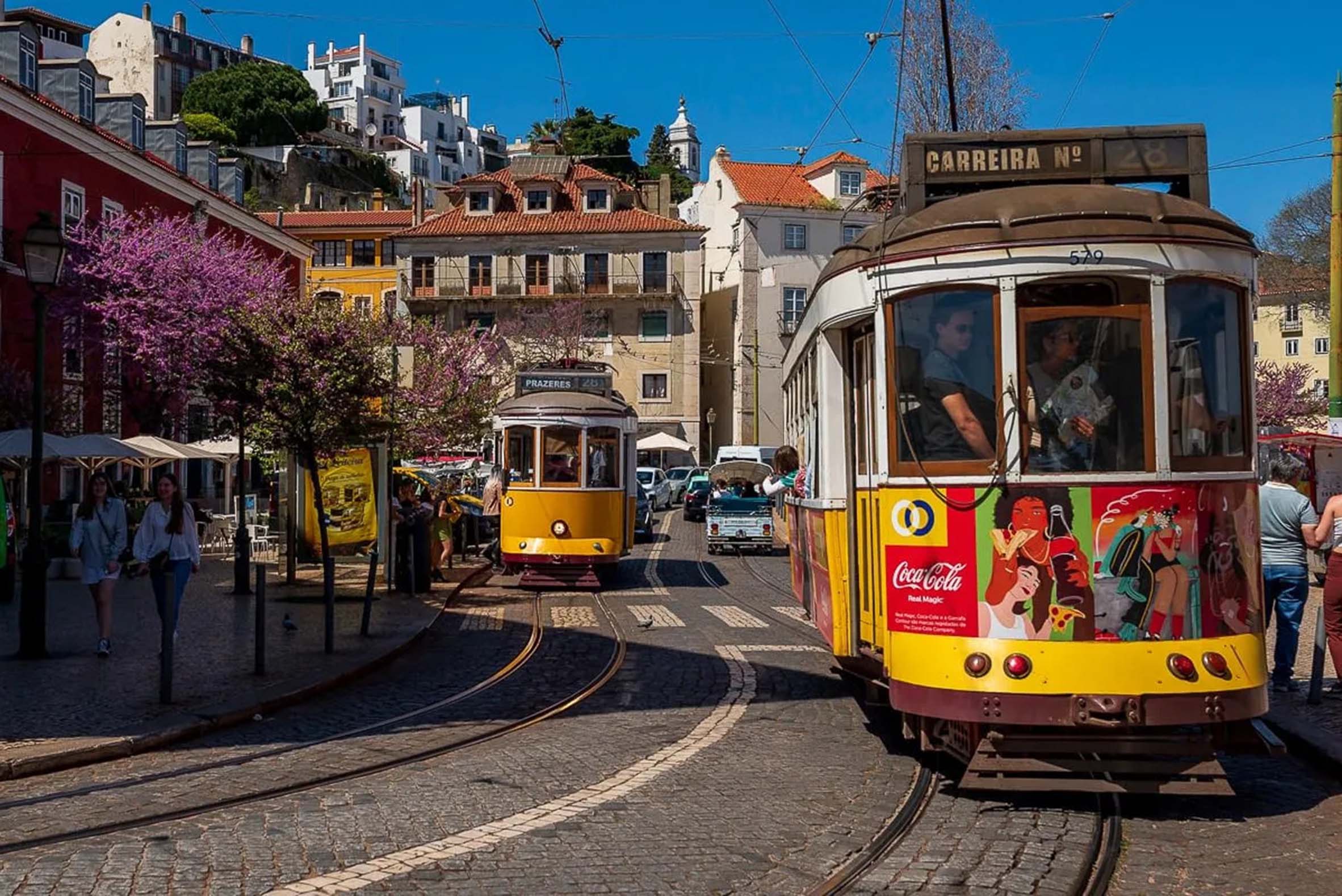

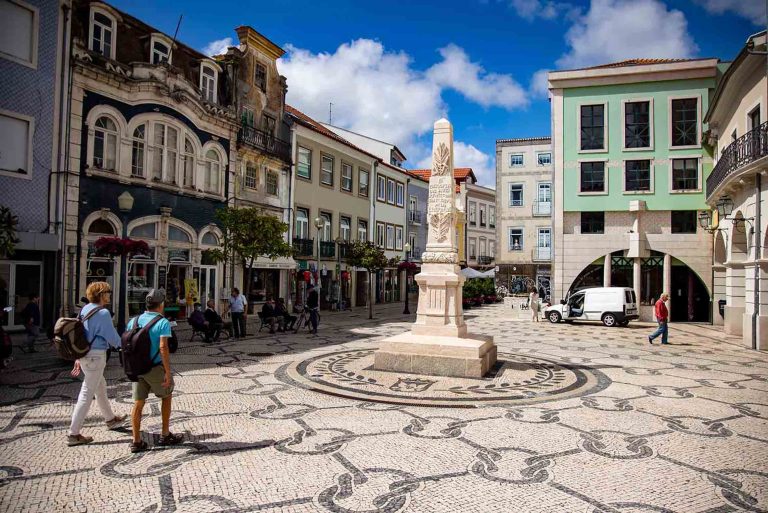

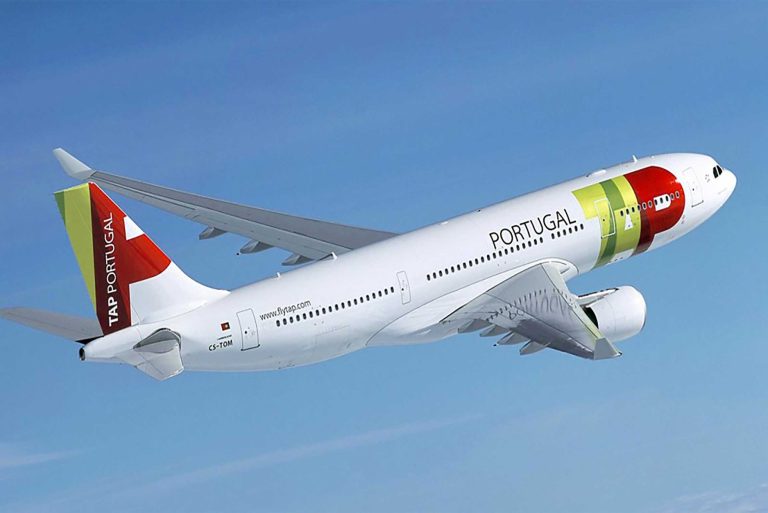





+ There are no comments
Add yours